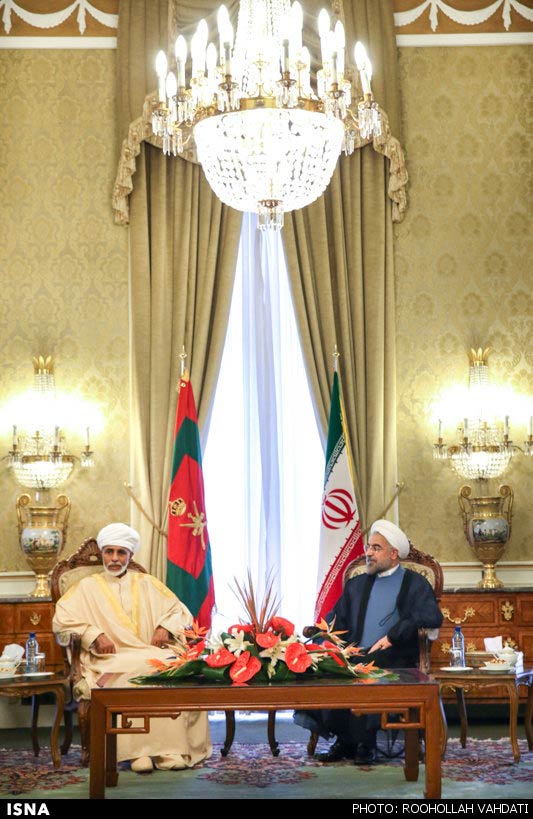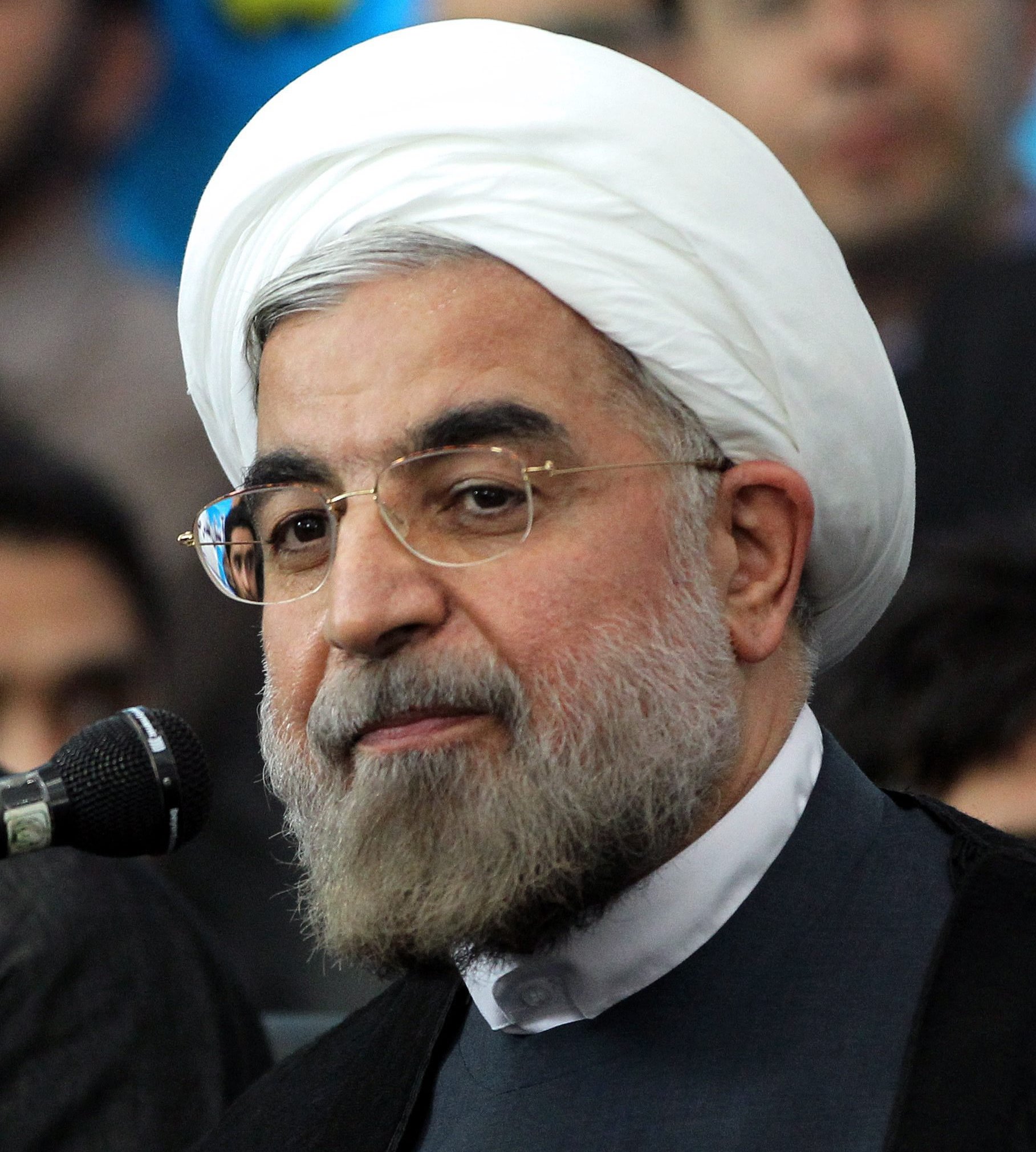
In its first effort to boost oil and gas exports, the new Rohani Administration has just signed an agreement with Oman to sell it natural gas, which would make Oman only the third country in the world buying Iranian gas.
The deal could also punch a big hole in the Western sanctions’ effort to box in Iran and curtail its energy exports.
But, the deal that was signed Monday was not a contract, not even a memorandum of understanding (MOU). It was a “heads of agreement,” according to Shana, the news service of Iran’s Oil Ministry.
A heads of agreement is essentially a checklist of issues that must be resolved. It means the two countries have not yet reached agreement on the terms of the deal—and may never reach full agreement.
The agreement signed Monday is the third preliminary gas agreement Iran has signed with Oman in the last eight years, but nothing has yet come to a conclusion.
Still, that did not stop new Oil Minister Bijan Namdar-Zanganeh from hailing the document as a major development only 12 days into his term in office.
In fact, the short time span suggests either that the heads of agreement was negotiated before Zanganeh took office or that it was thrown together at the last minute and doesn’t add much, if anything, to the two previous gas agreements signed with Oman.
It appears intended chiefly to give the appearance of rapid progress, without actually involving any progress.
Omani Oil and Gas Minister Mohammad bin Hamad Ar-Rumhy described the heads of agreement as an effort to revive the stalled agreements signed over the last eight years. “The agreement that we signed yesterday was to go back to those ideas [in the earlier agreements] and see how we can develop them into real projects.”
According to Zanganeh, the new agreement sets a target of 2015 for Iran to begin exporting gas to Oman through an undersea pipeline as part of a 25-year deal that Zanganeh valued at around $60 billion over those 25 years. However, he did not reveal the price formula—or even say that a price formula had been agreed to.
In 2001, during his previous tenure as oil minister, Zanganeh signed a 25-year gas export agreement with the UAE’s Crescent Petroleum Co. Despite the passage of a dozen years, nothing has come of that since the two parties could never agree on a sale price.
Energy-hungry Oman first signed an agreement to buy gas from Iran as far back as 2005 and a later draft deal in 2007 included plans for Oman to process Iranian gas for export as liquefied natural gas (LNG).
But the two sides never finalized the terms during the Ahmadi-nejad Administration.
Oman has been pressured by the United States to get gas from other suppliers such as Qatar, according to US embassy cables released by WikiLeaks. The fact that Oman signed even a heads of agreement means it is fully prepared to stiff the United States—if it can reach agreement on terms with Iran.
Oman has warmer relations with Iran than any other Arabian Peninsula country. But it also has warm relations with the United States, is a firm supporter of the US military presence in the region and allows the US Air Force to use three airfields in Oman.
Oman began importing Qatari gas in 2007, but Omani domestic demand has risen rapidly since, threatening its LNG exports and pushing Muscat back to the negotiating table with Tehran.
The first step under the new agreement is very preliminary. Zanganeh said, “I have been delegated to choose an eligible Iranian consultant to examine issues like technical and economic feasibility of [an undersea] gas pipeline project as well as determining its route. The next steps will be taken after announcing the results of those studies….
“We can start implementation of the project, mainly because top executives of the two countries insist that the project should be implemented as soon as possible,” Shana quoted Zanganeh as saying after the signing ceremony during the visit to Tehran by Omani ruler Sultan Qaboos.
But Zanganeh mentioned in passing, “We also discussed issues like financing the gas pipeline project.” That means such a basic issue as financing remains up in the air.
Iran sits on the world’s second largest gas reserves, but it has been prevented from exporting much because western sanctions have slammed the brakes on its LNG export projects. Iran currently exports large quantities of gas only to Turkey plus small quantities to Armenia. And those exports are of plain gas through pipes. Iran cannot yet convert any natural gas to LNG, which is required to put gas into tankers to send it long distances.
Oman has plants able to produce up to 10.4 million tons of LNG a year but has not produced more than 8.8 million in the last five years; and output fell to 8.4 million in 2012, according to Oman LNG’s latest annual report.
According to a working copy of the 2007 agreement between the two countries, in addition to imports of 1 billion cubic feet per day (bcfd) of gas from Iran for sale in Oman, Oman would allocate 2 million metric tons per year in excess capacity at its Oman LNG plant to process Iranian gas for export. The copy of that agreement was obtained by the US embassy in Muscat according to a 2007 cable leaked to WikiLeaks.
It is very unlikely that the big European shareholders of the Omani LNG plant—Shell and Total—would agree to liquefy Iranian gas while EU sanctions are in place.






















